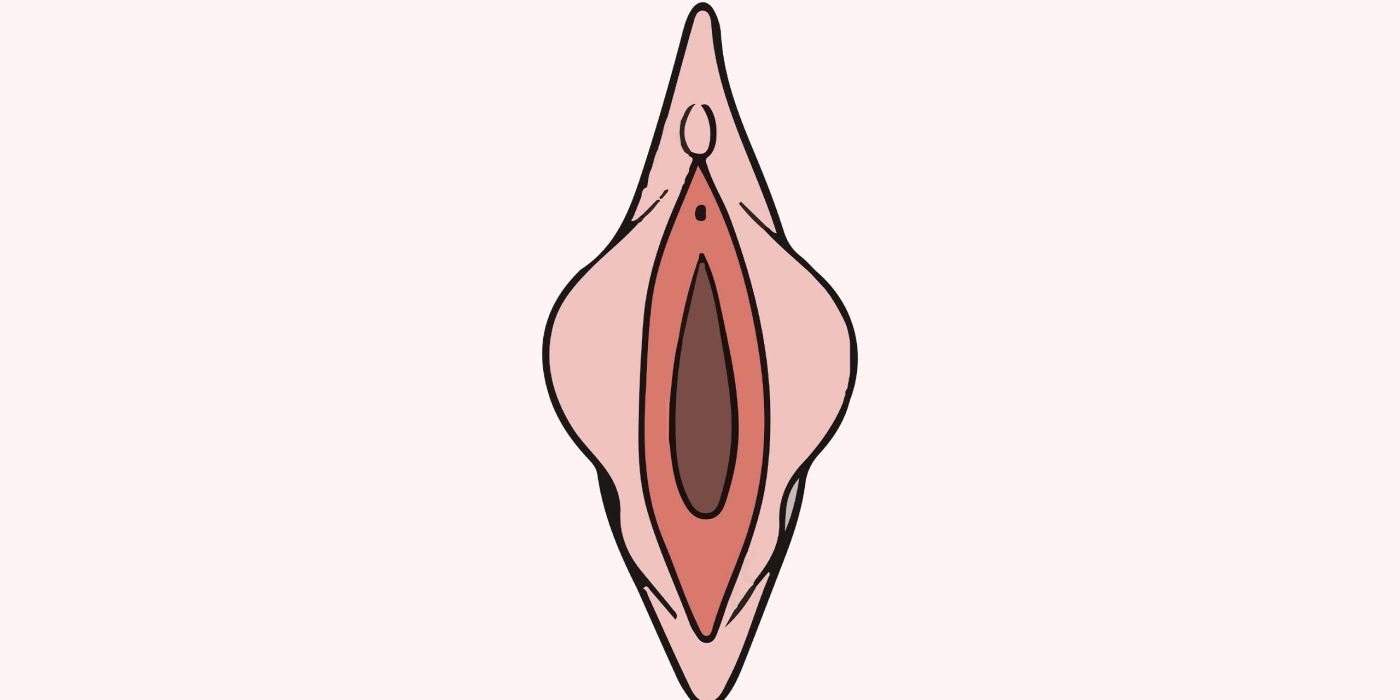
Why Some Labia Stretch More Easily Than Others
In the quiet, private world of intimate self-exploration, women often notice a fascinating truth: some can achieve noticeable labial stretching relatively quickly, while others invest months of consistent effort with minimal visible change. This difference isn’t a matter of discipline or technique—it’s rooted in biology, anatomy, and subtle variations that make every woman’s body unique.
The labia minora, delicate folds of soft tissue surrounding the vaginal opening, are surprisingly dynamic. Unlike other parts of the body, they have an extraordinary capacity for gradual elongation when subjected to gentle, sustained tension. Yet this capacity is not uniform. Some women see dramatic results with just a few weeks of stretching, while others experience slower, more incremental changes.
The first factor to consider is elasticity. Just like the skin on the wrist or behind the knee, labial tissue varies in its natural suppleness. Some women are born with more elastic tissue, allowing it to respond more readily to gentle traction. For these women, the fibers of the labia can elongate under tension without discomfort, producing noticeable results in a shorter timeframe. Women with less naturally elastic tissue may still achieve gains, but the process tends to be slower and requires more careful consistency.
Another key aspect is the size and shape of the labia themselves. Smaller, thinner labia often stretch more quickly than thicker, more robust folds because there is less connective tissue resisting expansion. Conversely, labia that are naturally fuller may take longer to show measurable change, even with persistent effort. These variations are completely normal and do not reflect any flaw or deficiency.
Hormonal influences also play a subtle role. Estrogen, in particular, can enhance tissue elasticity. Women with naturally higher levels of circulating estrogen—or those in phases of life where estrogen is elevated—may notice their labia respond more readily to stretching. Menstruation, pregnancy, and hormonal fluctuations throughout life can all influence how pliable these tissues feel at different times.
Beyond biology, mechanical factors matter as well. The way stretching is performed—the angle, duration, and frequency—affects outcomes. Women who use consistent, controlled pressure, gradually increasing tension over time, often see more predictable gains. Quick or aggressive pulling, on the other hand, can trigger discomfort or micro-injury, slowing progress. Patience and attentiveness to the body’s signals remain essential.
Factors Influencing Labia Stretching
| Factor | Impact | Notes |
|---|---|---|
| Tissue Elasticity | High elasticity = faster results | Varies naturally among women |
| Labia Thickness | Thinner labia stretch faster | Fuller labia require more time |
| Hormonal Levels | High estrogen enhances flexibility | Fluctuates naturally in life |
| Stretching Technique | Consistent and gentle = better results | Avoid aggressive pulling |
Cultural practices surrounding labial stretching can also shed light on why gains vary. In communities where labia elongation has been historically practiced for generations, women often begin at a younger age and follow time-tested routines. This early and gradual approach may account for more rapid results in these populations, compared with women approaching stretching in adulthood without a cultural framework.
Lastly, genetics cannot be overlooked. Just as some women naturally have longer fingers, wider shoulders, or more flexible joints, labial tissue comes with its own hereditary blueprint. A woman’s baseline anatomy sets the stage for how her labia respond to stretching—some women are simply wired to see dramatic change with modest effort, while others progress more slowly.
Understanding why some labia stretch more easily than others is a blend of science, anatomy, and lived experience. It underscores an important truth: stretching is not a race. Each woman’s journey is unique, shaped by her tissue structure, hormones, mechanics, and even her ancestry. For those exploring labial elongation, the most reliable approach combines patience, consistency, and a willingness to observe the body’s subtle signals.
The differences in response are not a measure of success or failure—they are a reflection of nature’s complexity. By embracing an honest, informed perspective, women can approach stretching as a practice of self-awareness, appreciating the remarkable ways the body adapts and responds over time.
Questions & Answers
Q: Why do some labia stretch faster than others?
A: It depends on tissue elasticity, labia thickness, hormones, and stretching technique. Each woman's body is unique.
Q: Can all women achieve significant labia stretching?
A: Yes, with consistent, gentle practice, though results and timeframes vary.
Q: Does age affect labia stretching?
A: Younger tissue may be more elastic, but careful technique allows progress at any adult age.
Q: Are there risks with aggressive stretching?
A: Pulling too hard can cause discomfort or micro-injury. Gradual tension is safer and more effective.







